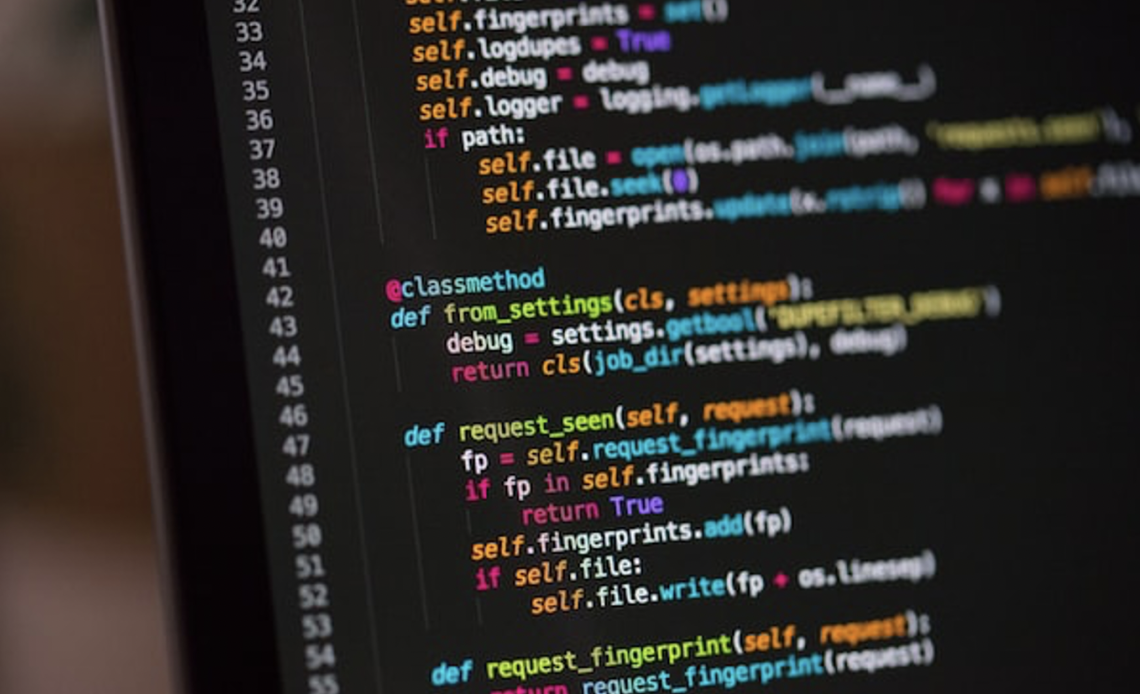
Python is a powerful programming language widely used in many industries today. Python is known for its ease of use and readability, making it a popular choice for both beginners and experienced developers. In this guide, we will share the best Python development practices.
Debug effectively
Debugging is the process of finding and correcting defects or problems in a program. Effective Python debugging requires a plan, tools, and patience. The first step is to reproduce the problem. This may be difficult if the defect is intermittent. Once you have reproduced the problem, you need to identify what is causing it. This can be done by using debugging tools or reading code carefully. Often, the problem is caused by mistakes in the code. Once you have identified the cause of the problem, you can correct it. If you can’t fix the problem yourself, you can ask for help from other developers or post a message on an online forum.
Take advantage of Python’s community resources.

Python has a large and active community of developers who are always happy to help. If you get stuck, there’s a good chance someone on the internet has already had the same problem and can help you out. The Python community is also great about sharing resources, so there’s a wealth of information and tutorials to help you get up to speed. There are many resources available, including:
- Stack Overflow: This is a Q&A site for programmers where you can ask questions and get help from other developers.
- The Python Wiki: This is a comprehensive collection of information about Python, including tutorials, recipes, and reference material.
- Python Forums: This is a forum where developers can discuss Python topics and get help with development issues.
- PyCon: PyCon is the largest annual conference for Python developers. It features talks from prominent Python experts, workshops, and tutorials on various Python topics.
Test your code thoroughly
Python is a high-level language, which means that it provides a lot of functionality for you out of the box. This can be a great advantage, but it can also lead to problems if you’re not careful. Because Python is so powerful, it’s easy to write code that is difficult to debug and even harder to understand. This is why it’s important to test your Python code thoroughly before deploying it. By testing your code, you can ensure that it is error-free and easy to maintain. You can also save yourself a lot of time and headaches down the road by catching potential errors early on.
There are many different ways to test your Python code, and the best way to do it will vary depending on your specific project. However, some of the most common methods include unit testing, functional testing, and regression testing. Unit testing is the process of testing individual units of code. By testing individual code units, you can ensure that they function correctly and work together as intended.
Functional testing is the process of testing the functionality of your code. This can be done by simulating real-world scenarios and checking to see if your code handles them correctly. Functional testing is crucial for web applications, as it can help ensure that your code functions properly under different conditions.
Regression testing is the process of testing your code to see if it still works after you make changes to it. This is especially important when making major changes to your codebase, as it can help you avoid breaking things that already work. Using these different testing methods ensures that your Python code is error-free and easy to maintain. Testing your code is an essential part of any software development process and should not be ignored.
Use Git for version control.
Git is a distributed version control system for managing changes to files and directories. Software developers use it to manage source code, track changes, and collaborate with other developers. Git is popular among Python developers because it is easy to use and has many beneficial features for collaborative development. To use Git for version control for Python development, you must download Git from the Git website. GitHub is a web-based hosting service for software development projects that use the Git revision control system. It offers all of the features of Git and features aimed at making collaborative software development easier, such as a wikified code editor, issue tracking, and project management. GitHub also offers paid plans for private repositories. If you’d prefer an easier option, you could hire a Python development company to streamline your development needs.
Python has been around for over two decades and is still going strong. It is a versatile language used for various purposes such as web development, software development, data science, and more. Be sure to follow these best practices during Python development for the best results.


